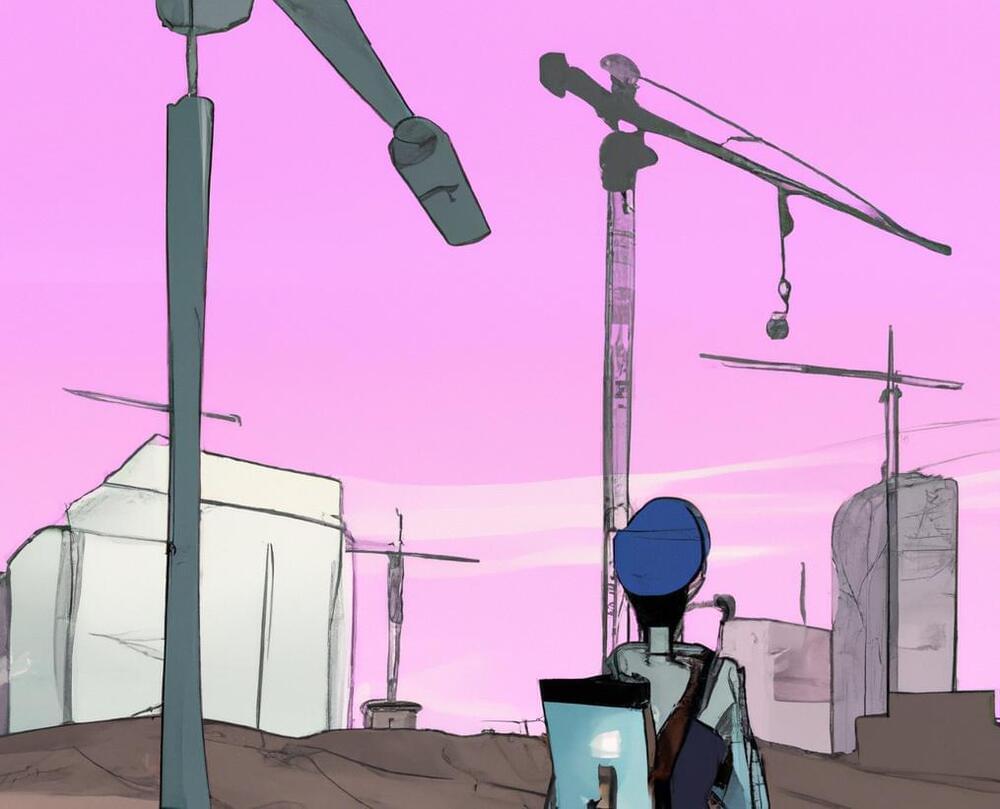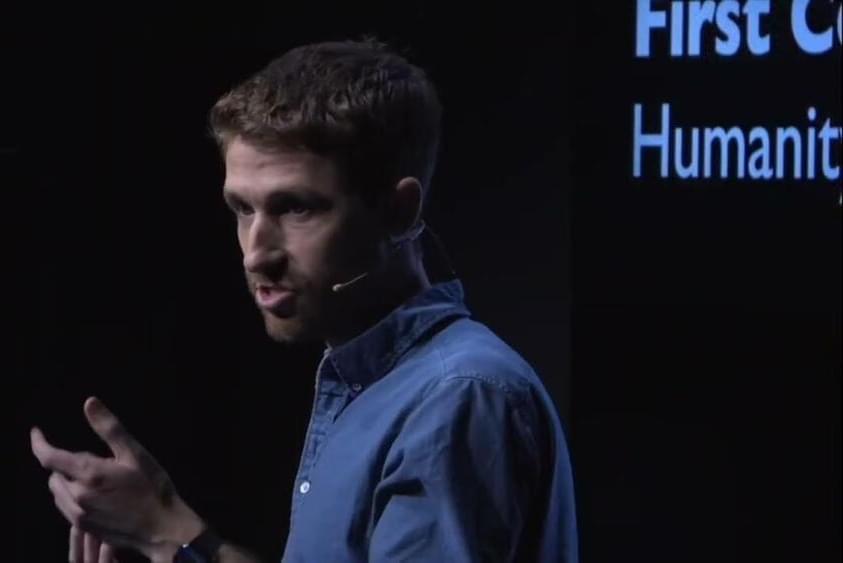😗
Jetson/YouTube.
The company’s mission is “to make the skies available for everyone with our safe personal electric aerial vehicle,” and this futuristic vehicle does just that.
😗
Jetson/YouTube.
The company’s mission is “to make the skies available for everyone with our safe personal electric aerial vehicle,” and this futuristic vehicle does just that.

This is the official ispace landing coverage of HAKUTO-R Mission 1.

Very interesting piece.
Get Surfshark VPN at https://surfshark.deals/kyle — Enter promo code KYLE for 83% off and 3 extra months for FREE!
Free-to-use, exceptionally powerful artificial intelligences are available to more people than ever, seemingly making some kind of news every day. The problem is, the public doesn’t realize the problem in ascribing so much power to systems we don’t actually understand.
💪 JOIN [THE FACILITY] for members-only live streams, behind-the-scenes posts, and the official Discord: https://www.patreon.com/kylehill.
👕 NEW MERCH DROP OUT NOW! https://shop.kylehill.net.

This video is from a presentation at a private gathering in San Francisco on March 9th with leading technologists and decision-makers with the ability to influence the future of large-language model AIs. This presentation was given before the launch of GPT-4.
Center for Humane Technology.
Original video : https://vimeo.com/809258916/92b420d98a

Enterprise-level network equipment on the secondary market hide sensitive data that hackers could use to breach corporate environments or to obtain customer information.
Looking at several used corporate-grade routers, researchers found that most of them had been improperly wiped during the decommissioning process and then sold online.
The possible levels of information mastery in the future of technology.
This series focus will be on the Information Mastery version of the Kardashev scale. In his book, The Cosmic Connection, Carl Segan proposed an alternative approach to the Kardashev Scale. He added another dimension to the original scale in addition to the pure energy usage that was first used to characterize different civilizations. Sagan believed that the amount of information available to a civilization should be an important criterion when trying to come up with a useful metric to measure different types of civilizations. So he assigned a lettered scale from A-Z where each letter meant an order of magnitude increase in the volume of information a civilization can hold. This information, he proposed, could be described in terms of bits, the number of yes or no statements concerning different civilizations, and the universe that such civilizations occupy.

The gargantuan artificial construct enveloping your local star is going to be rather difficult to miss, even from a few light years away. And given the literally astronomical costs of resources needed to construct such a device — the still-theoretical-for-humans Dyson Sphere — having one in your solar system will also serve as a stark warning of your technological capacity to ETs that comes sniffing around.
Or at least that’s how 20th century astronomers like Nikolai Kardashev and Carl Sagan envisioned our potential Sol-spanning distant future going. Turns out, a whole lot of how we predict intelligences from outside our planet will behave is heavily influenced by humanity’s own cultural and historical biases. In The Possibility of Life, science journalist Jaime Green examines humanity’s intriguing history of looking to the stars and finding ourselves reflected in them.
Excerpted from The Possibility of Life by Jaime Green, Copyright © 2023 by Jaime Green. Published by Hanover Square Press.